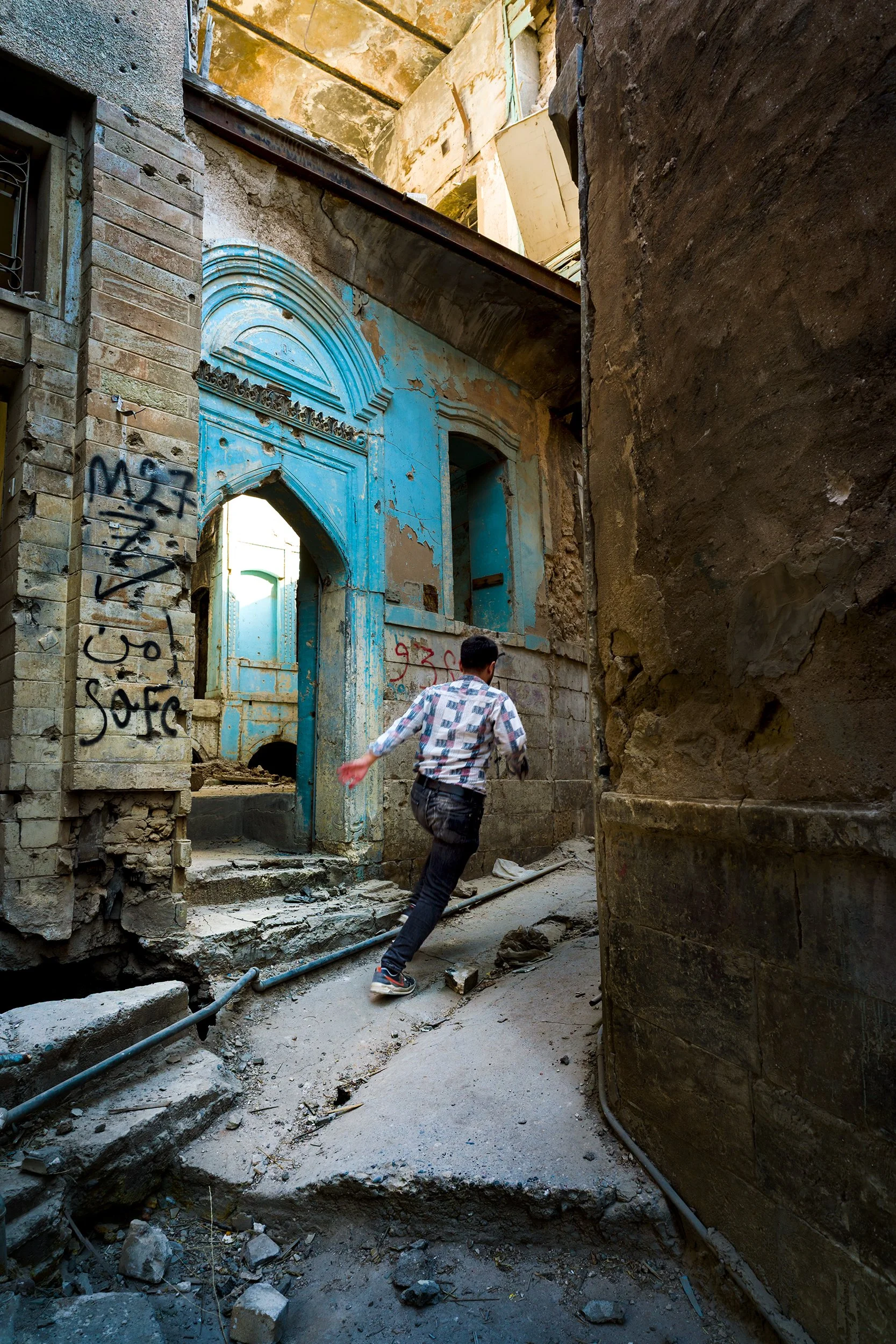
In the heart of the Old City of Mosul, between crumbling walls and suffocating silences, the open wounds of war are still painfully visible.
Accompanied by my friend Othman, I wandered through the streets where the final battle against ISIS was fought.
Ruined houses, collapsed roofs, rooms devoured by fire. But on some walls, a single word emerges like a whisper of hope:
SAFE.
Those writings are not graffiti. They were left by demining teams to indicate that, at least here, death is no longer hiding underground.
Until 2017, Mosul was a prisoner of terror. Thousand-year-old monuments, such as the historic al-Nuri mosque, the leaning minaret of al-Hadba and the Christian church of al-Tahera were destroyed.
Yet, this city has never surrendered.
Today, among the rubble, a new breath can be felt.
Reconstruction is slow, but it is happening thanks to @UNESCO and the international community.
Every stone put back in its place testifies to the resilience and dignity of those who chose to stay and rebuild.
Mosul is wounded. But alive.

















